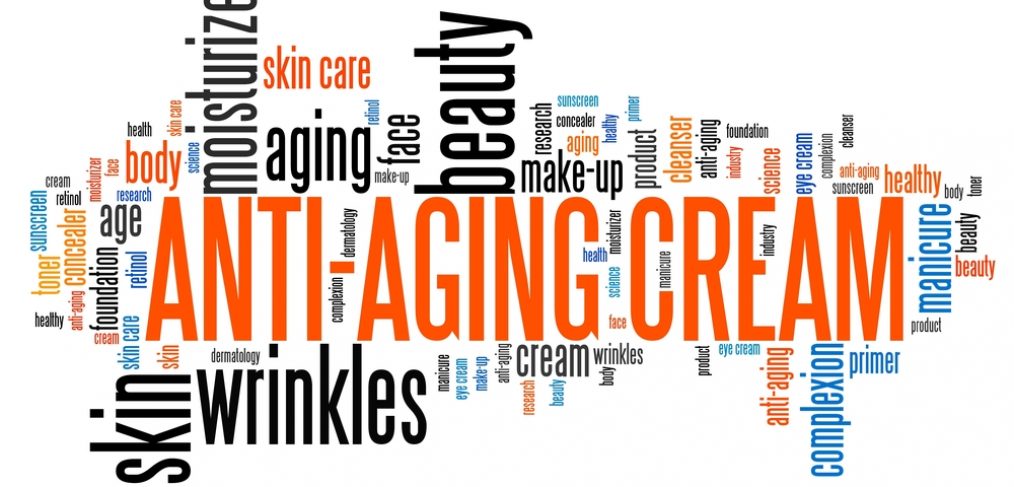
Skin Care Terms Defined
With the number of skin care and beauty products available, it is super easy to get confused and bewildered by wording on the labels. Cosmetic products make claims that are nothing short of miraculous, and if you aren’t sure what the skin care terms mean, buying these products can lead to wasted money and headaches. Here, we’ve rounded up 15 of the most common skin care terms and defined them so you won’t feel lost or frustrated the next time you need skin care products.
Acne
Acne is the term used to describe a blemish or pimple on the skin. Acne can occur at any age and is most commonly found in people with oily skin types. Severe acne may cause cysts or abscesses.
Alpha-Hydroxy Acids (AHAs)
Naturally occurring acids found primarily in cane sugar and citrus fruits. Types of AHAs include citric acid, glycolic acid, lactic acid, malic acid and pyruvic acid. Often used as exfoliating agents due to their ability to loosen skin cells on the surface of the skin. AHAs also help to retain moisture in the skin.
Antioxidant
Substances that fight free-radicals. Antioxidants counteract free-radicals by bonding to the damaging compounds into non-damaging compounds. They also may turn damaging compounds into cell-repairing compounds. Antioxidants are also an important factor in new collagen growth.
Barrier/Barrier Function
A paper-thin layer at the top of the skin that is responsible for protective functions. Barrier function refers to the skin’s ability to prevent penetration by microorganisms and chemicals that may cause damage or circulate into the bloodstream. This skin also reduces the amount of water lost.
Beta-Hydroxy Acids (BHAs)
More commonly referred to as salicylic acid, beta-hydroxy acids are used primarily to treat acne. BHAs have antimicrobial features and can penetrate into pores. Because BHAs can penetrate pores, it exfoliates both surface skin and the inside of pores.
Broad Spectrum Sunscreen/Sun Protection
A sunscreen or sun protection product labeled as broad spectrum means that it contains active ingredients that protect against both UVA and UVB rays. UVA rays penetrated into deeper layers of the skin than UVB rays, making them more likely to cause premature aging. UVB rays are responsible for visible burns.
Comedogenic
A skin care product that includes one or more ingredients known to increase the accumulation of dead skin cells within follicles. This leads to the formation of blackheads and general acne flare-ups.
Dermatologically Tested
Products that have undergone clinical laboratory tests conducted of an independent or third-party dermatologist.
Exfoliants
Skin care products designed to break down the accumulation of dead skin cells on the surface of the skin.
Free Radicals
Created when oxygen produces by-products during normal cellular metabolism. The reactive oxygen “steals” electrons from proteins, DNA and the membranes of cells resulting in damaged tissue.
Hypoallergenic
Describes products that were tested by third-party clinical laboratories and were shown to not create new allergic reactions.
Non-Acnegenic
Products that do not cause acne. Non-comedogenic refers to products that do not cause the pores to become clogged.
Sebum
Oil that is produced by glands in the middle layer of skin.
Sun Protection Factor
Numbers that refer to the effectiveness of a sunscreen to protect against UVB rays. To determine what SPF if appropriate, take the number of minutes it takes to burn without sunscreen and multiply it by the SPF factor. The result indicates the maximum amount of time for sun exposure before it must be reapplied.
Toxins
Substances that are irritating or poisonous and that lead to breakouts.
With these terms defined, your next trip to the beauty counter won’t be confusing or exasperating. You can pick your products with confidence that you know what they are and how they may affect your skin.



